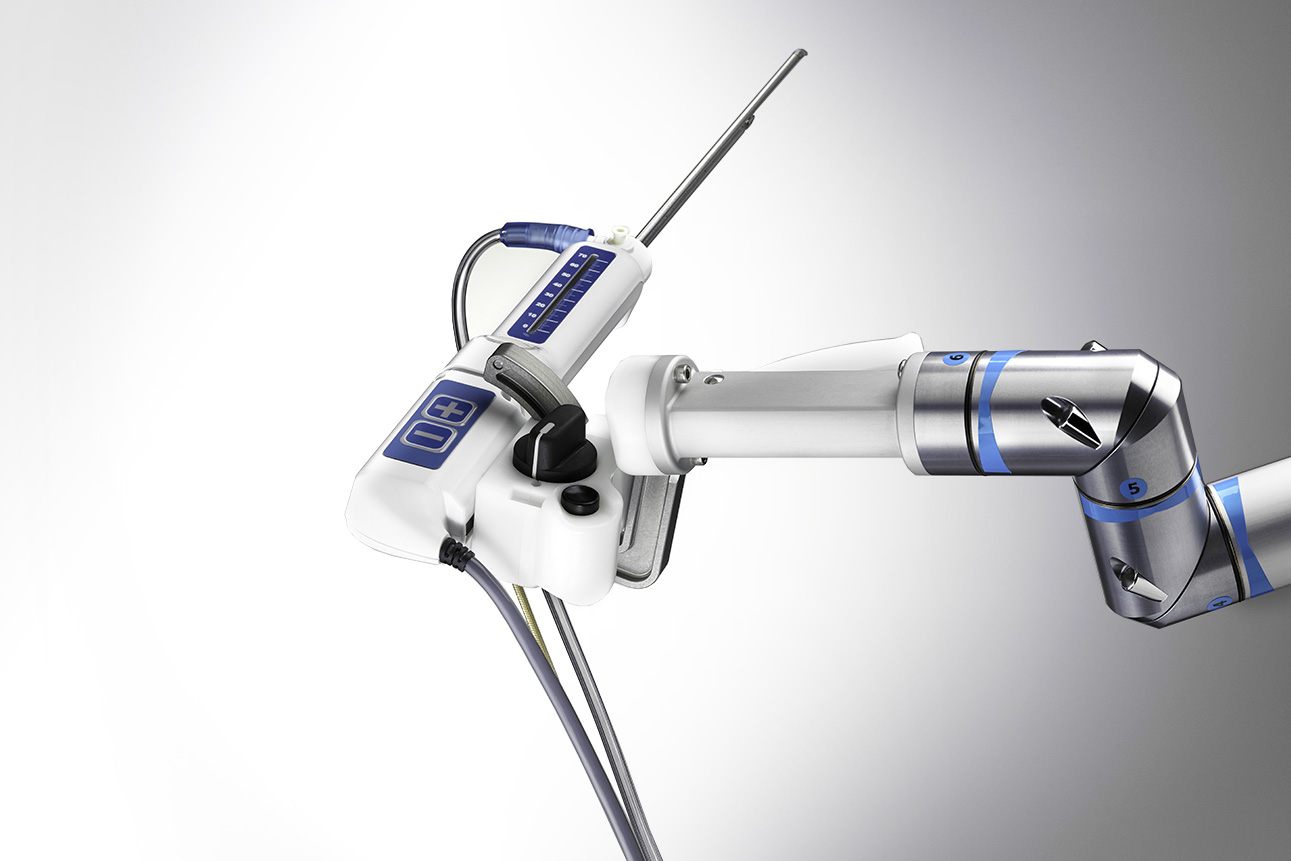Treatment of BPH – Aquablation therapy
Overview by Mr Neil Barber Consultant Urologist Frimley Health NHS Foundation Trust


Aquablation treatment for enlarged Prostate Aquablation treatment for enlarged Prostate orAquablation therapy of the prostate using the ‘AquaBeam’ Robotic system represents the one of the most significant step changes in prostate surgery since the development of the TURP. It was developed by PROCEPT BioRobotics and uses real-time ultrasound scan images in combination with direct visualization to plan and delivery the treatment required. The system uses a high-velocity sterile saline heat-free waterjet and autonomous robotics, pre-programmed by the Urologist, to remove the prostate tissue and create a TURP or laser like defect through and volume reduction of the prostate. The pre-programming defines the angle of the probe and the depth and duration for firing the water jet. This has been shown in clinical trials to achieve symptom improvement to at least as good a level as TURP (the reference standard). The procedure is usually done with the patient under general or spinal anaesthesia, whilst the treatment time is usually less than 10 minutes, the set up and real time ultrasound guided planning mean that the whole procedure takes about 45 minutes. Once the procedure is complete a 3-way Foley catheter is placed through the penis into the urethra to ‘irrigate’ the bladder. The catheter is typically removed the next day and the patient is discharged from hospital once urine has been passed in an adequate fashion. The advantages of Aquablation therapy are the consistency of treatment delivery, the speed of the procedure almost whatever the size of the prostate, and as it is heat free, the risk of complications from thermal injury and damage. This seems to translate into faster recovery of symptoms and significant reduction in potential negative side effects upon sexual function compared to thermal based treatments. The procedure is very unlikely to result is erectile problems (<1%) and has a low incidence of dry ejaculation (<10%). The disadvantage is that as the procedure does not employ any heat energy to stop bleeding from the prostate, it therefore requires catheterization with bladder irrigation and an overnight stay in hospital. However, most men would expect to go home the following day without a catheter, voiding (bladder emptying) freely. Ongoing changes in related technology are aimed at discharging men home the same day with a catheter to return the next day for removal. Aquablation treatment for enlarged prostate using the ‘AquaBeam’ system is suitable for all patients suffering with symptoms from benign prostate disease (BPH) including men presenting in acute urinary retention and with prostate volumes up to 150ml. It is probably not a good option for men at the moment who take daily blood thinning medication.

Prostate matters is a not for profit organisation that is committed to providing free expert advice about prostate issues from leading Clinical Authorities
PROSTATE MATTERS
FOLLOW US
Copyright Disclaimer: We try to acknowledge copyright as appropriate. If we have used something without acknowledging copyright, this is inadvertent. Please let us know by emailing info@prostatematters.co.uk



